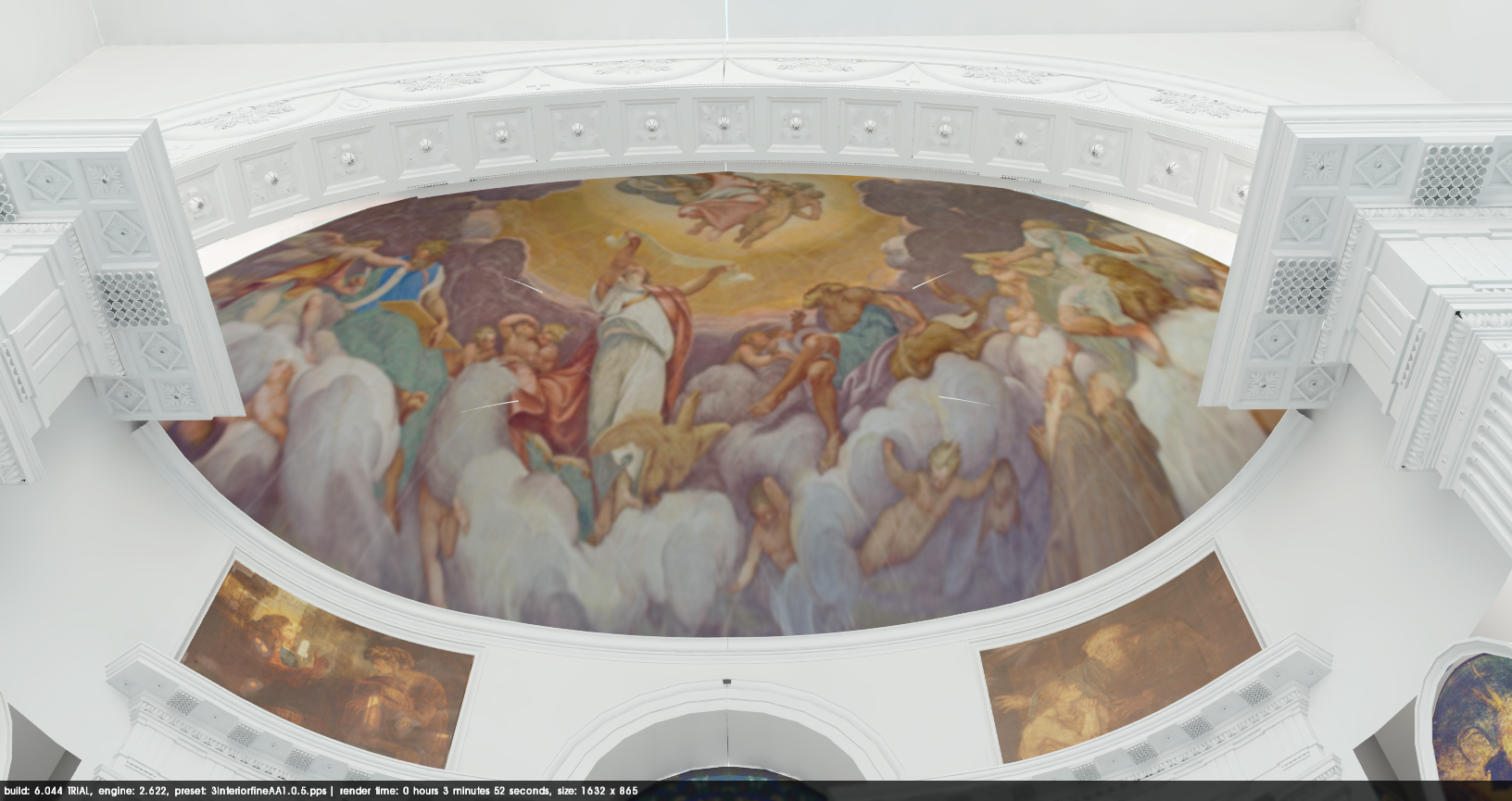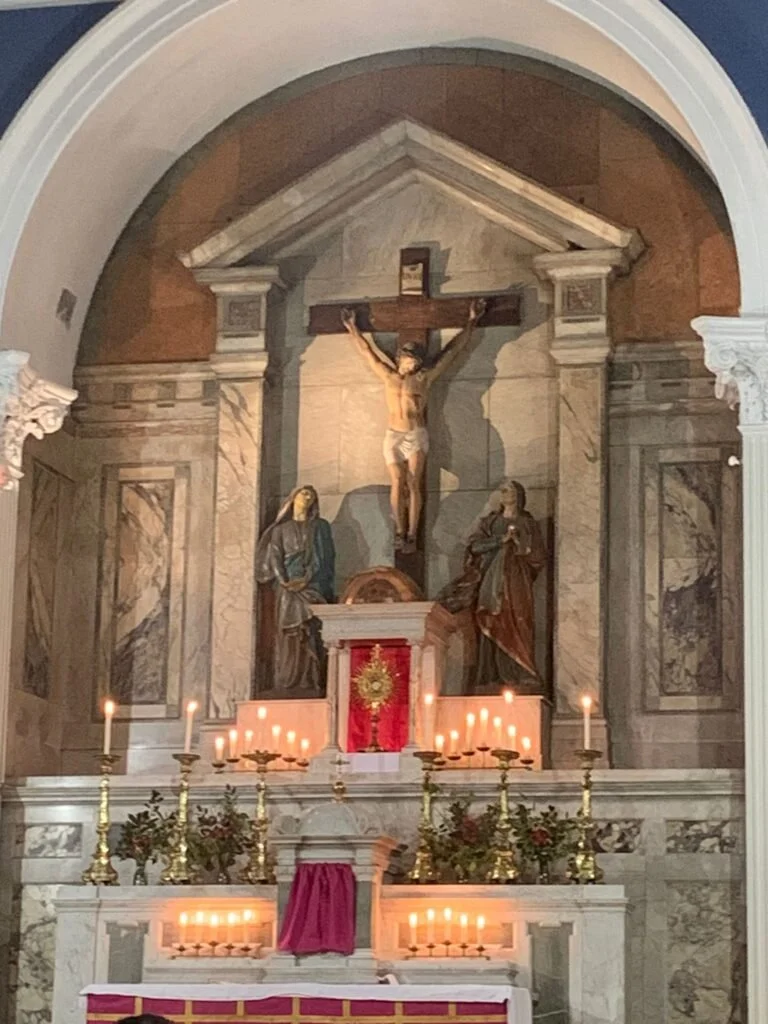Appendix 6 St Patrick’s Church
Edinburgh’s original St Patrick’s Roman Catholic chapel was located on the corner of Lothian Street and Bristo Place. Largely funded by generous benefactor John Menzies of Pitfodels, it was solemnly opened on New Years Day 1835 by Bishop Carruthers. This Gothic twin-pinnacle church building, now disused, still stands. After 1856 and for the next 70 years it was used as a school and for a couple of years, changing rooms for Hibernian FC - then a billiard saloon, University Women’s Union and a Medical College. From 1926 to 1988 it was the Franciscan church in Edinburgh after which it was adapted to be Jericho House, a residential care home for men.
The current St Patrick’s Church, entered via South Gray's Close from the Royal Mile and more recently also from the Cowgate, began as St Paul’s United Episcopal Chapel which opened on 9th October 1774. Uniting two congregations, the size of the building reflected the new status of the Episcopalian Church in Scotland. Its square form and tower were in the style of St Martin in the Fields in London. James Boswell, the famous biographer and diarist, attended the service on Christmas Day that year and wrote, ‘it was striking to see so grand a place of worship in Edinburgh’. A grand portico on to the Cowgate was planned for a later date.
(Image: Runciman APSE Trust)
In the original apse over the altar, Alexander Runciman’s painting of the Ascension with its four supporting panels was nothing less than the first significant public religious art in Scotland since the Reformation. Alexander Runciman (1736-1785) is one of the most important artistic figures of the Scottish Enlightenment.
In 1818 the Episcopalian community moved to their new St. Paul’s church (now St Paul’s & St George’s) in York Place as most of their worshippers had relocated to the New Town. Their old building was bought by a United Presbyterian Congregation one of whose first acts was to paint over the Ascension mural, which they saw as idolatrous.
In 1856 the Presbyterian Congregation vacated the building and it was bought by the Catholic Bishop James Gillis to serve the growing number of Irish immigrants who had settled in the Cowgate area. The cost was £4,000. Half was paid by the Diocese and the rest raised by the people. Though they lived in poverty they were determined to raise money for a church of their own.
(Image: Runciman APSE Trust)
Much renovation took place prior to the opening including the installation of three stained glass windows, an altar for Catholic worship and a statue of St. Patrick.
On Sunday 3 August 1856 Bishop Gillis re-consecrated it as St Patrick’s RC chapel. The congregation at that Mass was estimated at 2,600.
The Scotsman newspaper reported, ‘The St Patrick’s Chapel was opened with great pomp and solemnity with the music performed on this occasion unusually grand and imposing’. The choir had been augmented by St Mary’s, and they sang Handel’s Hallelujah Chorus!
St Pat’s in 1856 (?) in stark contrast with the modern day church below
In the 1870s, Father Hannan was responsible for significant changes to the interior of the Church, spending money on the décor and religious objects and providing more natural light. He also added the porch which is now the side entrance on South Gray's Close. And he commissioned the building of the presbytery adjacent to the church, which opened in 1876 and where the priests have lived ever since.
Hannan’s energetic successor Monsignor William Grady in 1898 completely realigned the interior. A new sanctuary and high altar were built extending outwards from the north wall. The original sanctuary where Edward Hannan celebrated Mass almost every day for 30 years traditionally ad orientem became the side altar of St Patrick.
The grand portico entrance and steps which face the Cowgate, originally planned in 1774, were finally built in 1929. Victorian tenements and a church hall were demolished to make way for the open garden and terrace revealing the front of St. Patrick’s to the Cowgate for the first time. The Roman triumphal arch facade aligned beneath the original belltower.
The original Episcopalian owners would not, however, have envisaged statues of Irish saints Patrick and Bridget in the main niches!
(Image: Runciman APSE Trust)
In 2016 a number of individuals interested in the restoration, reinstatement, preservation and public presentation of the murals painted by Alexander Runciman in the east apse of St Patrick’s decided to establish a trust to achieve these objectives.
The trustees include representatives of the three religious denominations associated with the history of the building. The Duke and Duchess of Buccleuch act as Patrons as the murals were commissioned by their ancestors in 1774 after the church was opened.
The 250th anniversary of the church building was celebrated on 9th October 2024with clergy and laity from all 3 religious denominations, local councillors and politicians and the owners and directors of Hibernian F.C The souvenir brochure, ‘A Journey of Faith and Celebration 250 years in the Cowgate 1774-2024’, was sponsored by the Consulate General of Ireland and Hibernian FC
St Patrick’s clergy and people continue to honour the memory of their longest serving priest, Edward Joseph Hannan. Every year they commemorate his birthday on 21st June and the anniversary of his death on 24th June.






